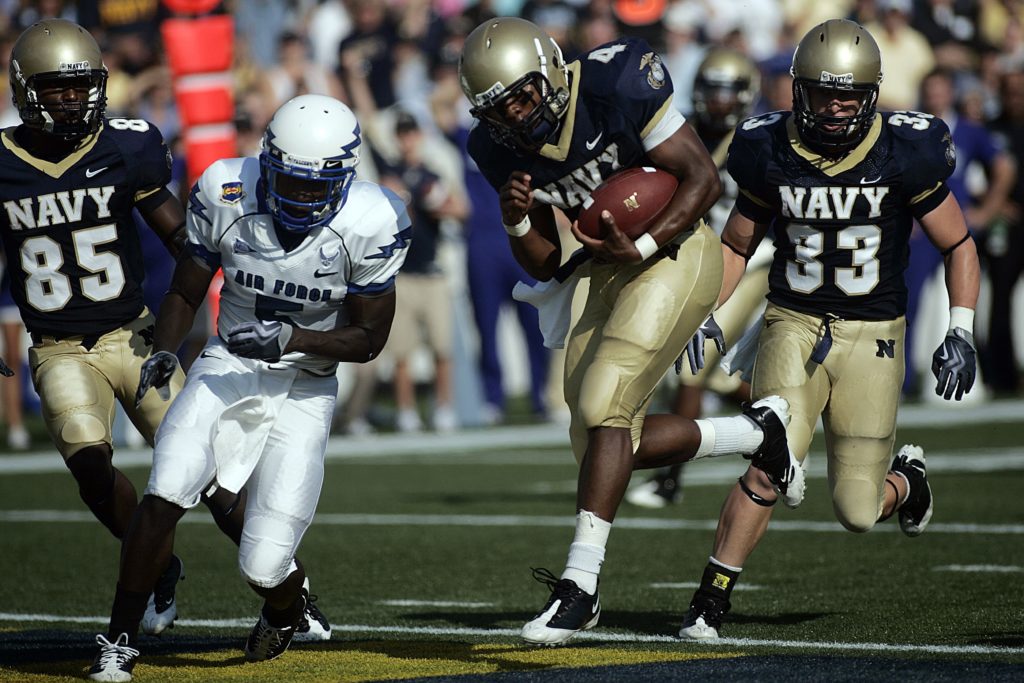Communicated Content – Football is the most talked about sport in the United States, a great conversation starter or debate drawer not just in sports lounges, but also across breakfast tables in most American homes.
The National Football League (NFL) is the most popular and most successful sports league in the US, ahead of Major League Baseball (MLB) and National Basketball Association (NBA).
It is a distinctly American sport, considered by many young dreamers as their best shot at the American dream. Most of its players and fans are young Americans introduced to the sport by parents and relatives, or their friends and classmates in high school and college.
The first step, especially for academically challenged football dreamers, is to get good enough grades to earn a scholarship slot in a big-time football school. The second step, according to retired American football quarterback legend Peyton Manning in his retirement speech, is to focus only on football.
There may be a few who will manage to pursue and achieve their dreams, but there will always be a lot more who may not even make it to their desired football school. They pursue other careers elsewhere, but they remain football fans.
Football is a game where a shared fondness for a home team turns strangers into new friends. It’s odd that a country with such diverse cultures and ideologies could come together and establish a connection as a community in the name of a sport. But that’s what football does to the American people.
Although about 16 million Americans catch the games on TV and other digital media, and even place bets on their favorite teams through online NFL betting sites, quite a number of football fans or followers are not satisfied just watching from the comfort of their couches.
Before the pandemic in 2020, an average of 60,000 paying fans troop to mammoth home stadiums scattered across major cities to watch the games live and in person.
Income from ticket sales may run into millions of dollars, a tidy sum that could well provide for administrative and team upkeep. But the biggest income for the NFL is drawn from television deals.
During the 2019 season, a lion’s share or more than 50% of the league’s estimated $15.26 billion annual revenues was from TV contracts. The rest were contributed by ticket sales, merchandising, licensing agreements, and corporate partnerships.
This is 5.11% more than the $14.48 billion it reportedly generated in 2018, well within its 5% to 6% growth forecast until 2025.
Despite the health crisis in 2020, the NFL continued to hold games under strict observance of health protocols that included daily testing for players and staff.
Like a well-oiled corporate machine, the NFL used its management skills to implement its major programs for 2020. It conducted the 2020 NFL football draft, allowed practice sessions, and held the games without a hitch. It was business as usual for the NFL, except for a few changes.
These changes included the exclusion of the following events from the 2020 NFL season calendar: preseason games, Pro Bowl, and international games. The rules were also relaxed for 67 players who decided not to play during the season; they were deemed to have not infringed on their contracts.
Despite playing before an almost empty stadium due to health-safety issues and other challenges, all 256 regular games proceeded without cancellation, with the NFL sustaining its TV presence and continuing to generate a modest income even without having to ask players to sacrifice a salary cut.
American football is not the same sport as football that is popular in Europe and in nearby Latin American countries, just across the American borders. Fans call it American football to distinguish their favorite pastime from the game of soccer, which many countries also call football.
The number one sport in the United States is only the 9th most-watched sporting event around the world, but being the premier sport in the world’s biggest economy translates into astronomical figures in terms of rewards for team owners and players.
It is not surprising at all that the names included in the list of the world’s highest-paid athletes belong mostly to American football players, who worked hard to achieve the NFL dream.








